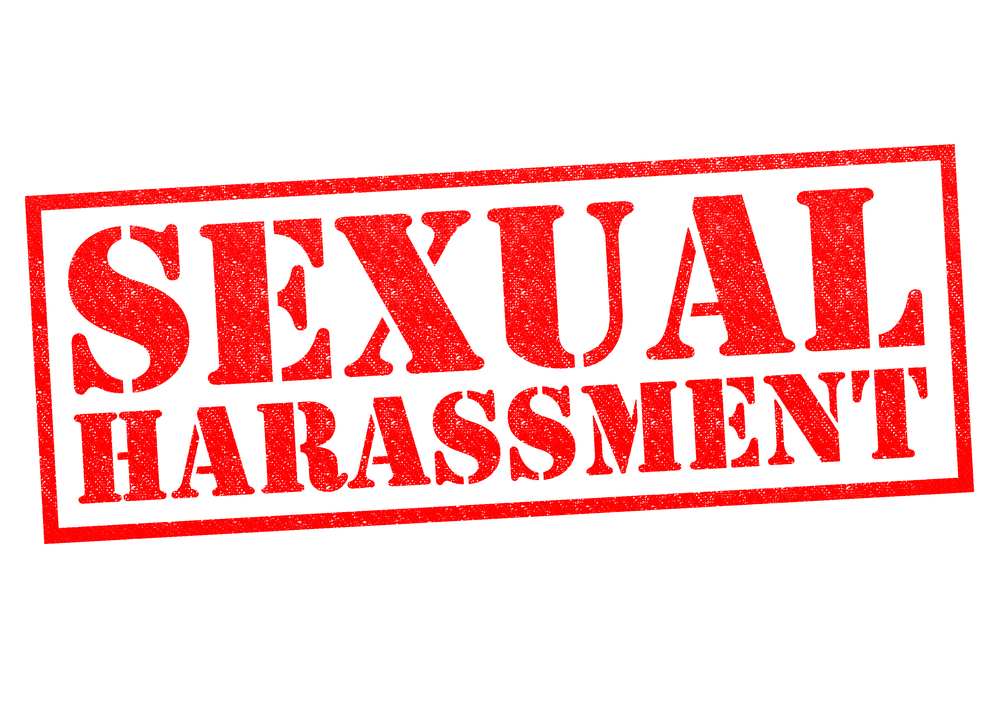What is Sexual Harassment?
The Human Rights Commission states that sexual harassment consists of three key elements. Namely conduct:
- that is unwelcome;
- of a sexual nature;
- that a reasonable person (aware of the circumstances) would anticipate could possibly make the person subjected to the conduct feel offended, humiliated or intimidated.
According to the Australian Human Rights Commission’s 2012 national telephone survey, workplace sexual harassment affects around 21% of people aged 15 years and older. We have also seen the emergence of new and different forms of sexual harassment, facilitated in part by the increasing use of social media and other technologies at work.

The effects of sexual harassment are costly not only to the individual employees who experience it and the bystanders who witness or later hear about it, but also to the businesses in which it occurs. Consequences such as reduced morale, absenteeism, injury to reputation and the loss of shareholder confidence show that sexual harassment is an issue that employers cannot afford to ignore.
Sexual harassment can take many different forms – it can be obvious or indirect, physical or verbal, repeated or one-off and perpetrated by males and females against people of the same or opposite sex.
Sexual Harassment is unlawful
The Sex Discrimination Act makes it unlawful for a person to sexually harass another person in a number of areas including employment, education, the provision of goods and services and accommodation. Sexual Harassment can occur in a single instance and does not have to be a repeated pattern of behaviour.
Behaviours likely to be considered of a sexual nature.
Behaviours likely to be considered sexual in nature includes:
- touching, hugging, cornering or kissing
- inappropriate staring or leering
- insults or taunts of a sexual nature
- repeated or inappropriate invitations to go out on dates
- requests for sexual favours
- repeated or inappropriate advances on email or social networking websites
- intrusive questions about a person’s private life or physical appearance
- sexual gestures, indecent exposure or inappropriate display of the body
- sexually suggestive comments or jokes
- sexually explicit pictures, posters, gifts, emails or text messages
- requests or pressure for sex or other sexual acts
- inappropriate physical contact
- stalking, actual or attempted rape or sexual assault.
Source: www.knowtheline.humanrights.gov.au
Do you need Sexual Harassment Training in your workplace?
eCompliance training offers online and face to face Sexual Harassment training. Click here to learn more.
